
Getting your bathroom mirror size just right is a must if the space is to be both functional and aesthetically pleasing.
But there's a fine balance between using out-sized bathroom mirror ideas to make a small bathroom look bigger and brighter, and knocking your scheme out of balance with a mirror too that's big or reflecting back fixtures such as the toilet.
We're seeing design-savvy characterful homeowners eschew vast panels of mirror in bathroom for more interesting, framed options, too. In this case, what is the best size for a mirror in a bathroom? We asked designers for their golden rules.
How big should a bathroom mirror be in comparison to a vanity?
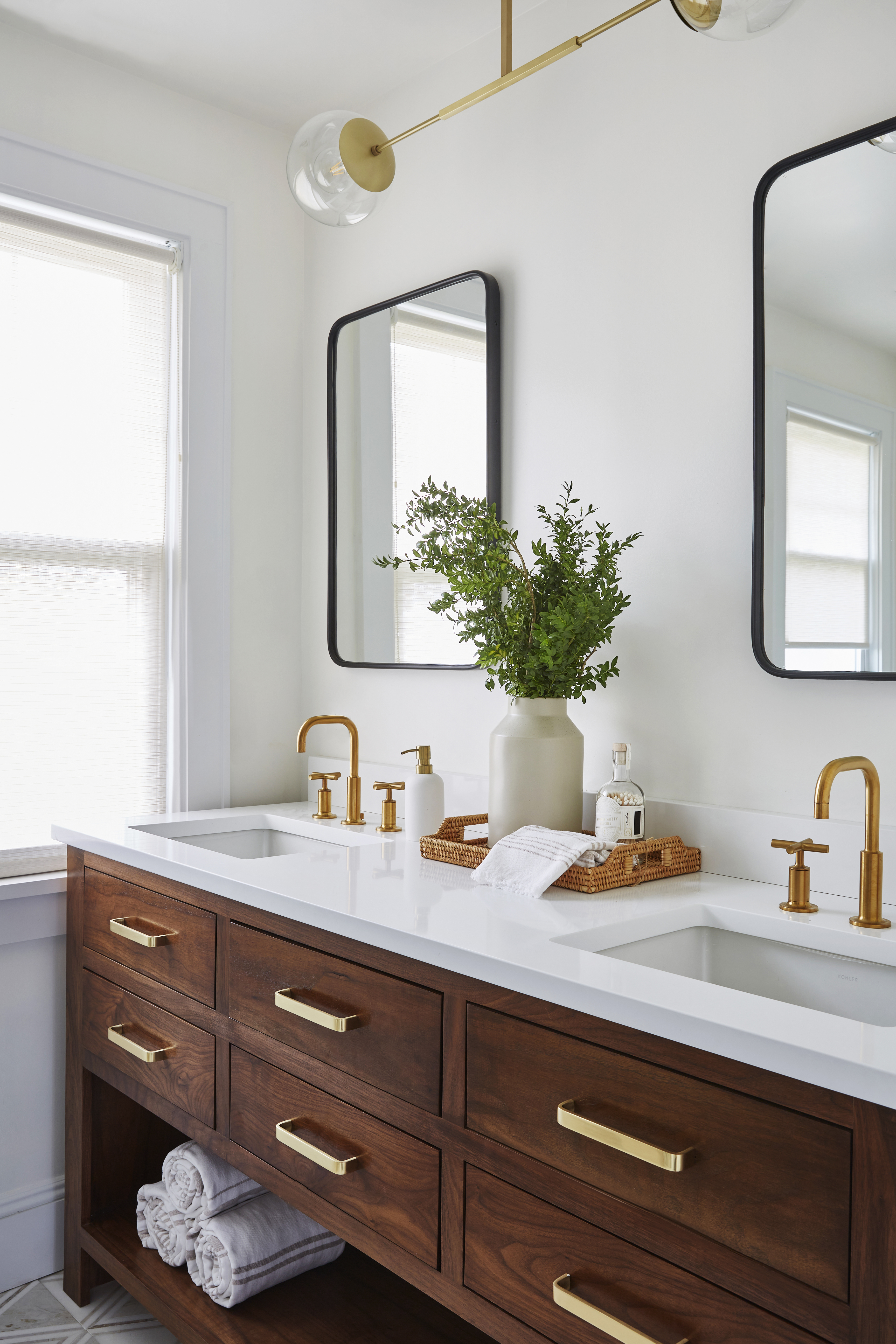
Size matters when it comes to bathroom mirrors. The mirror needs to be in sync with the vanity below and create a visual balance. This ensures the mirror is proportionate to the space it occupies leading to a clean, balanced look.
"A bathroom mirror should ideally match the width of your vanity or slightly narrower," says Ali Budd, president, and principal designer at Ali Budd Interiors. "This is ideal for leaving room for lighting or decorative features, like sconces or shelving, without disrupting the balance of the space. A narrower mirror gives you the flexibility to introduce more design elements without overcrowding the area."
In the case of other types of bathroom vanities, your options expand. With a double vanity, for example, a single large mirror across the entire vanity provides a more cohesive and modern appearance, and it’s particularly great for creating the illusion of more space. This setup allows both users to share the mirror seamlessly, which can be a practical choice for busy households. The downside might be that a large mirror lacks that tailored, individual touch.
Alternatively, using two separate mirrors above a double vanity adds symmetry and a sense of order to the space and offers more opportunities for personalized design. You can opt for mirrors with unique frames, shapes, or finishes that reflect the style of the room. This setup works well in bathrooms where you want to highlight individual design elements or when you’re aiming for a more traditional or ornate style.
What are the advantages of a big bathroom mirror?
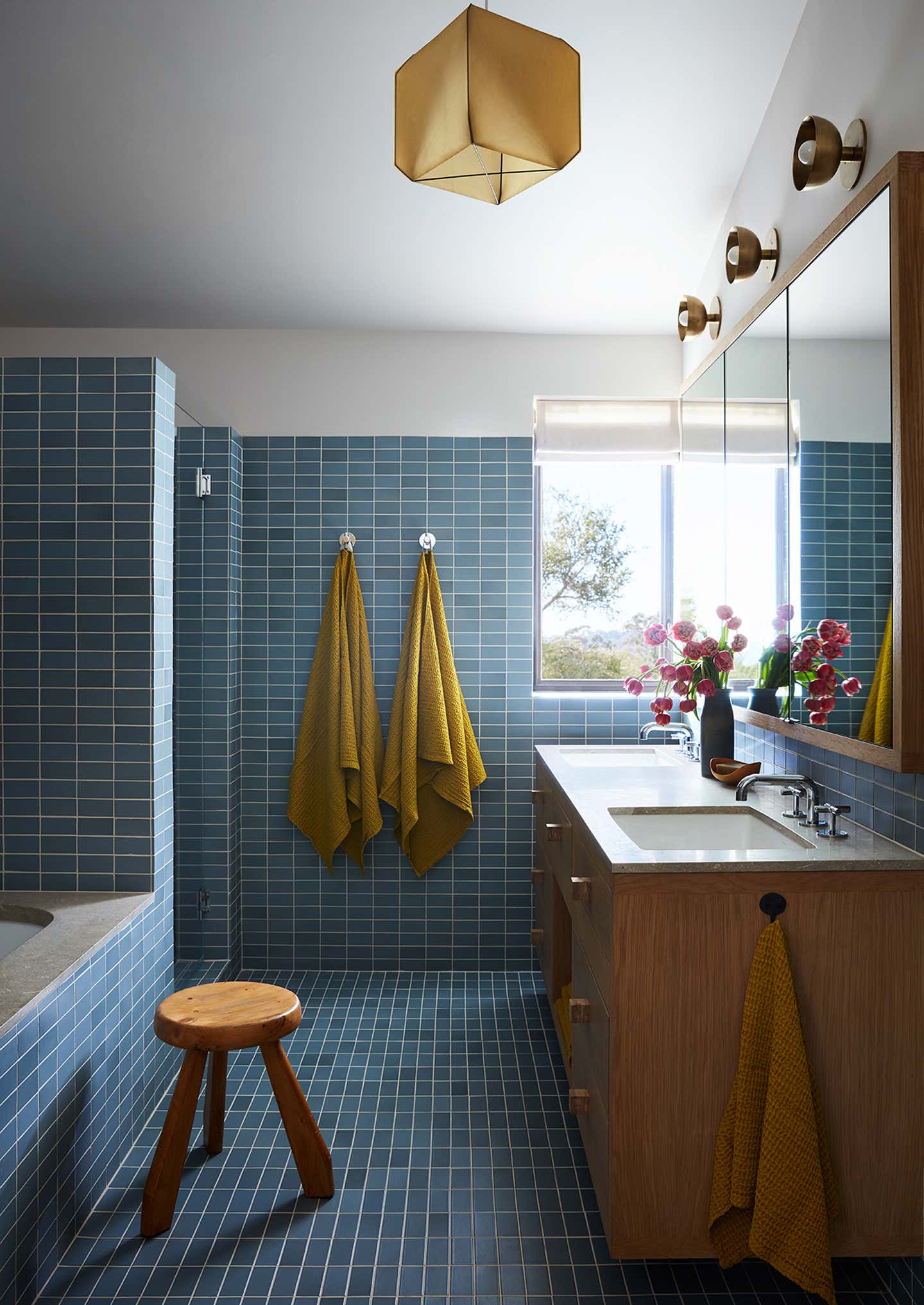
A big bathroom mirror can make a significant impact by amplifying light and making the room appear larger and more inviting. In a space like a bathroom, which often lacks natural light, a large mirror can reflect light from fixtures and windows, brightening the room and enhancing the overall ambiance.
Additionally, a bigger mirror offers more viewing angles and can help make a small bathroom look bigger, which is particularly useful in shared bathrooms or for grooming routines.
However, there are potential drawbacks to consider. A large mirror may overwhelm a small bathroom, making it feel out of proportion. Additionally, maintenance can be more challenging, as larger mirrors are harder to clean and more prone to smudges and streaks.
When should you use a small bathroom mirror?
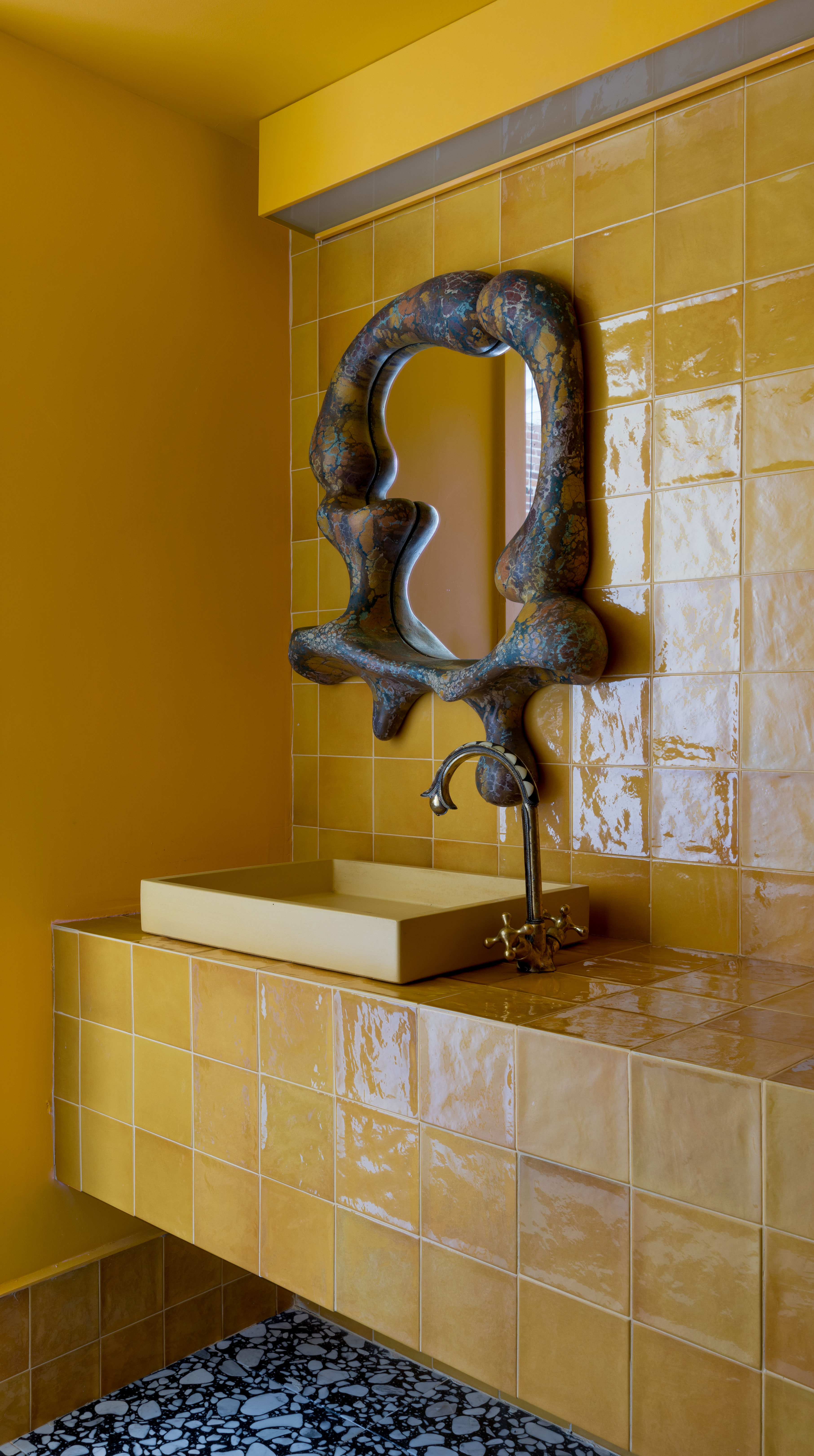
Small mirrors are most appropriate in powder rooms or secondary bathrooms where space is limited, and the focus is on style rather than functionality. In these settings, a smaller mirror can become a statement piece, drawing attention to its design rather than its size.
For instance, in a powder room, you may instead opt for an ornate, vintage-style mirror that was much smaller than the vanity. The mirror then becomes a focal point of the room, adding character and charm without overwhelming the space.
According to interior designer Marie Flanigan, small mirrors can also work well in a bathroom where there’s a lot of natural light or other design elements that are meant to stand out, like bold wallpaper or a unique vanity. The key is to balance the size of the mirror with the other features in the room to create a cohesive and visually pleasing design.
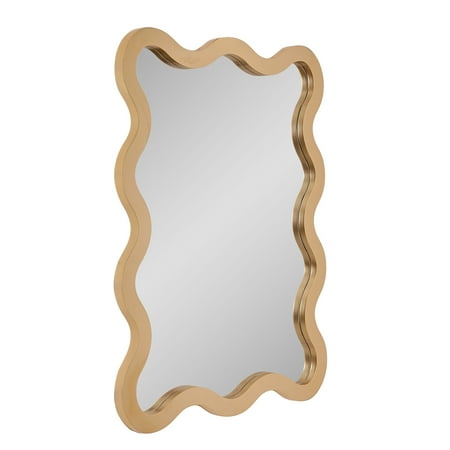
Price: $39.99
Size: 22" x 28"
A modern and budget-friendly buy for a bathroom that will set the tone for your space.
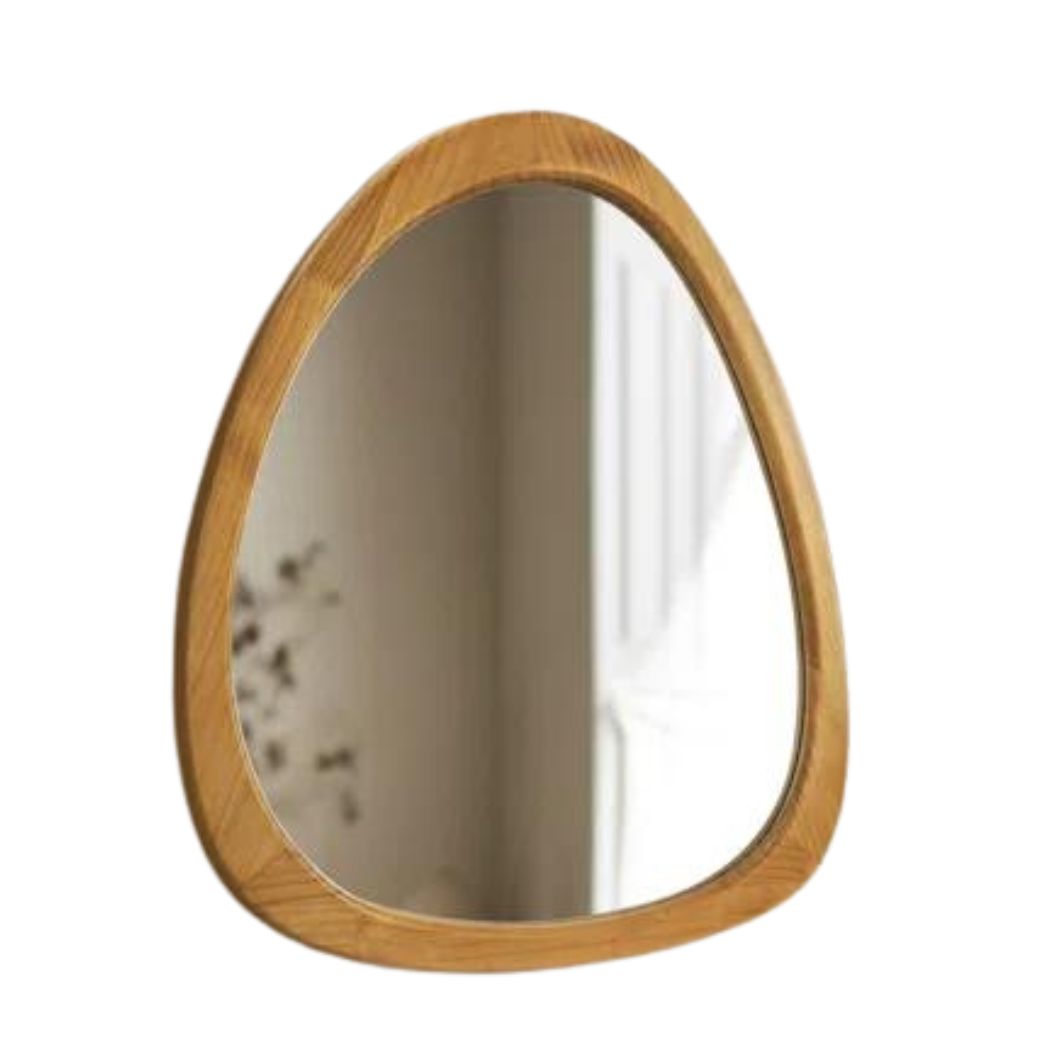
Price: $60.99
Size: 20" x 33" each
We love the mid-century-esque design of this mirror for a characterful powder room.
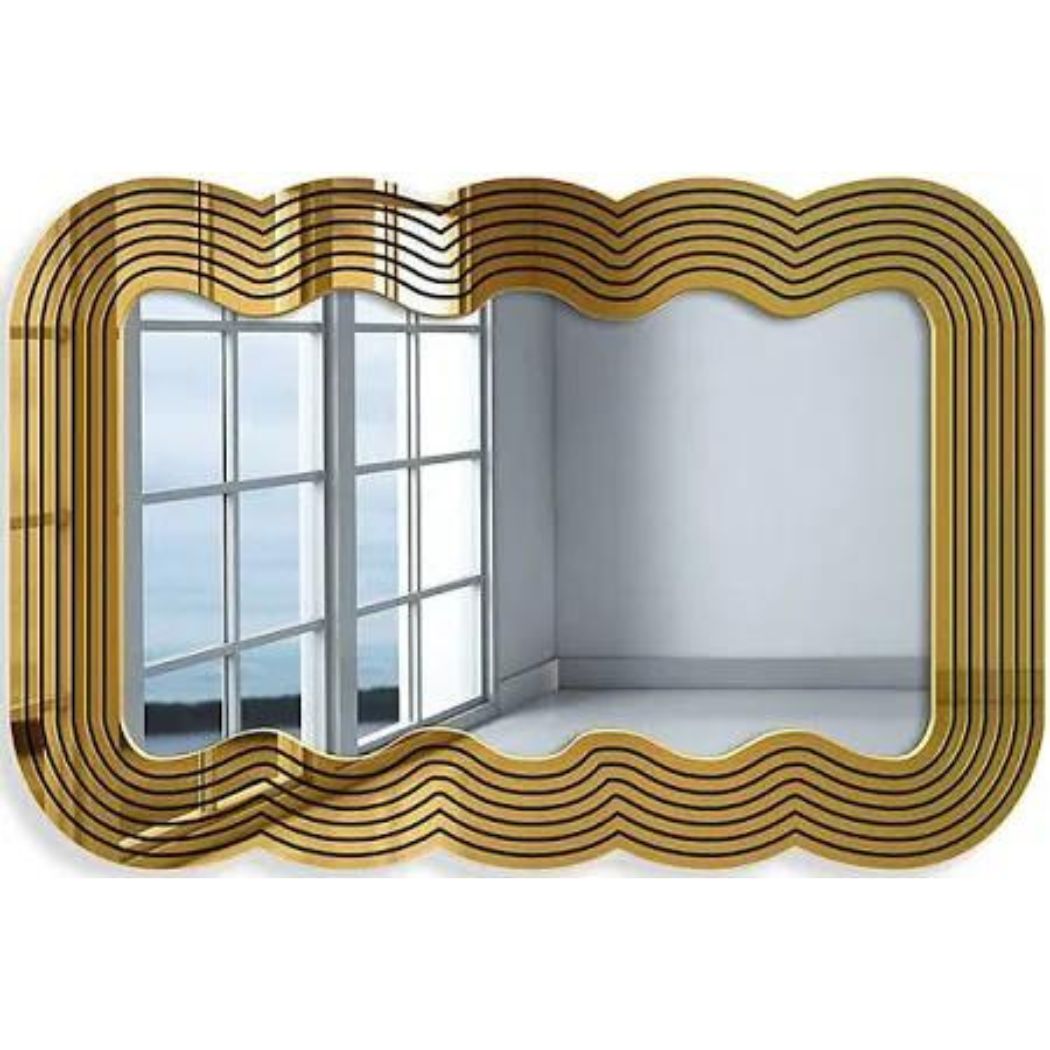
Price: $119.99
Size: 24''W x 16''H x 1''D
This on-trend wavy design is perfect for above a vanity in a bathroom with a maximalist personality.
Choosing the right bathroom mirror isn’t just about picking something that looks good — it’s about finding that sweet spot where functionality meets style. The mirror should feel like it belongs, enhancing the space rather than overwhelming it. Whether you go big for that dramatic impact or keep it small and stylish, remember that the mirror plays a key role in the overall design of your bathroom.
FAQs
How far should a bathroom mirror be above the vanity unit?
A general rule of thumb is to place your bathroom mirror between 5-10 inches above the vanity, so you'll want to factor this into your size choice, unless you want it to act as a backsplash and touch the countertop. This distance will help you to avoid obstructing any view of the mirror with a faucet spout.







